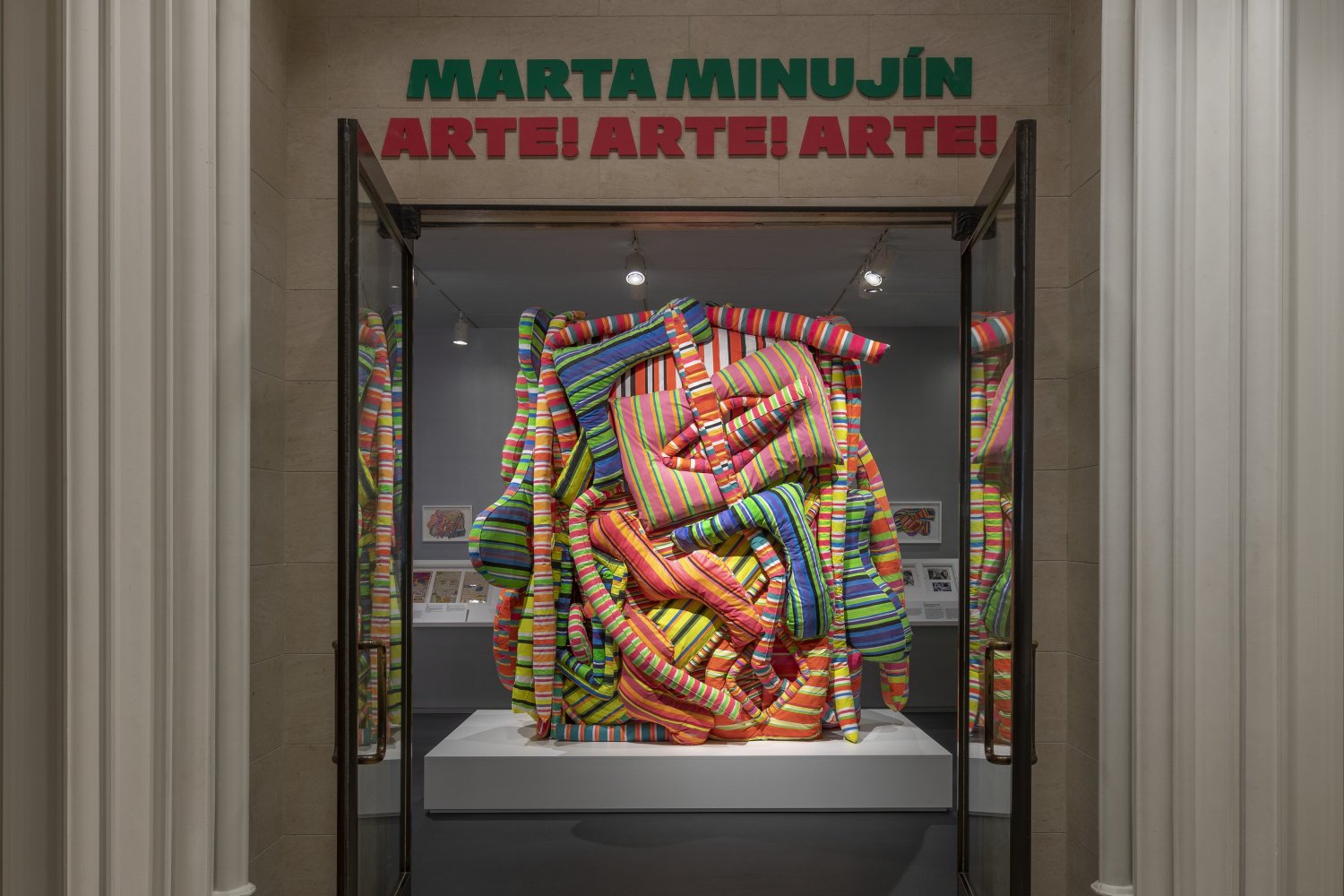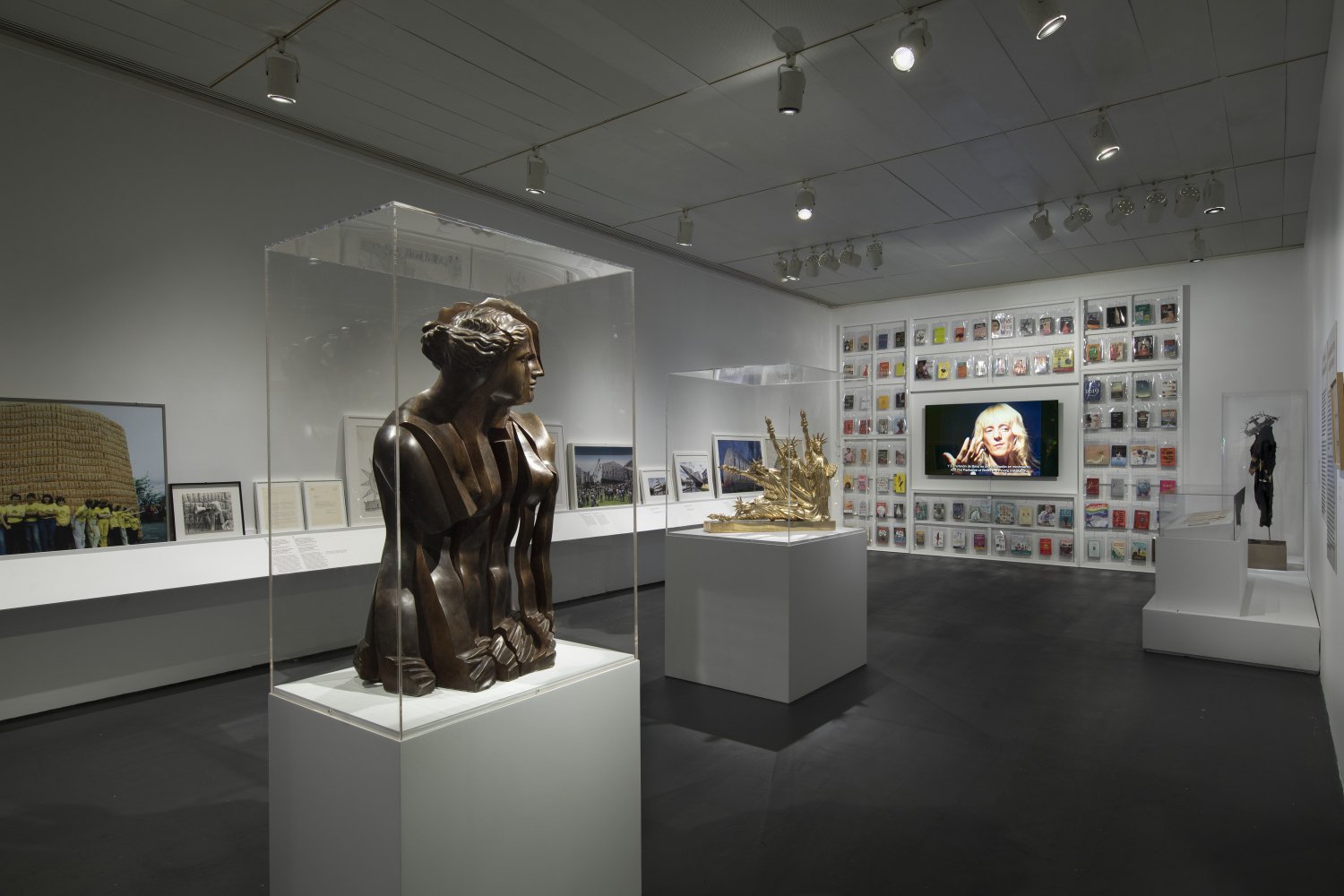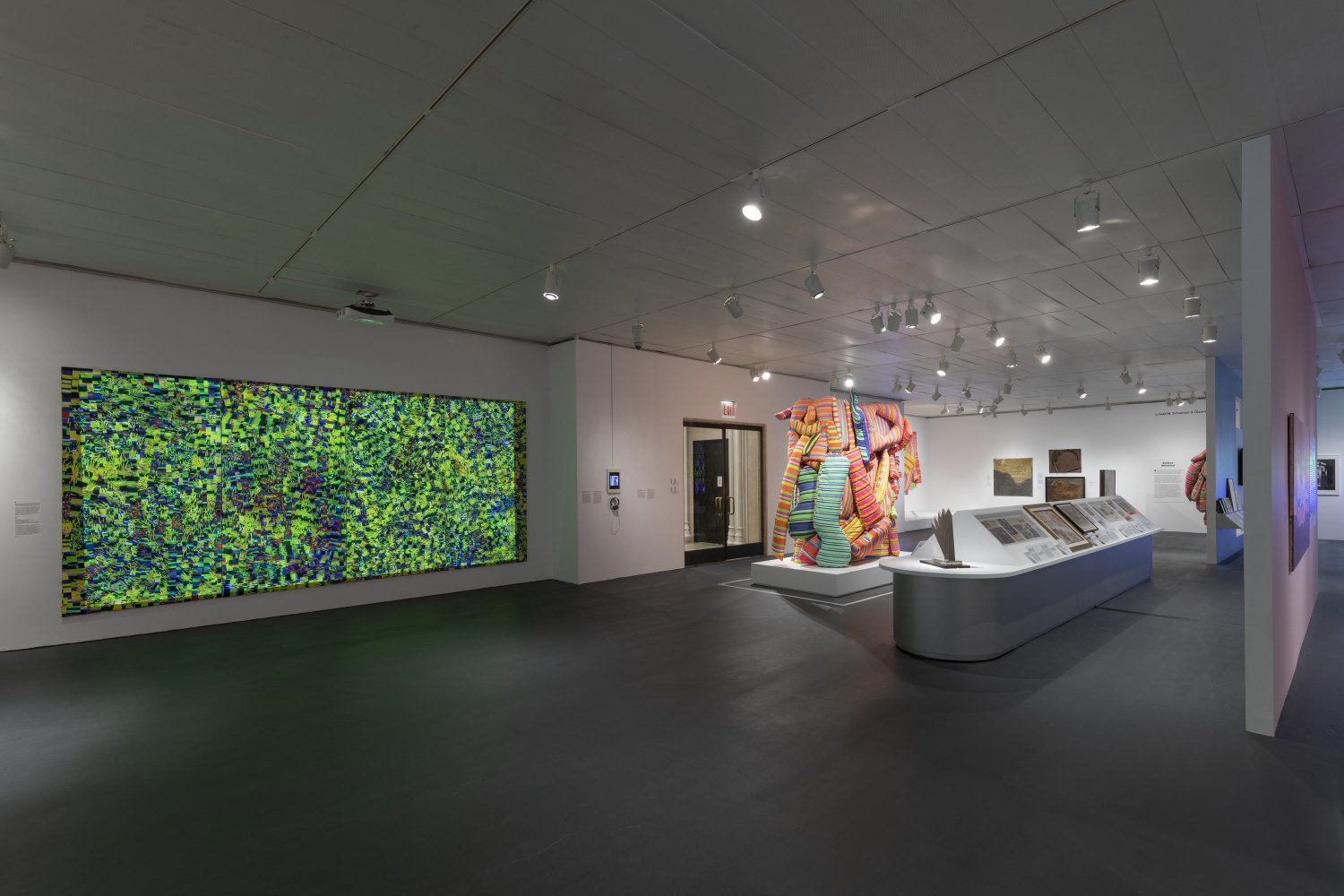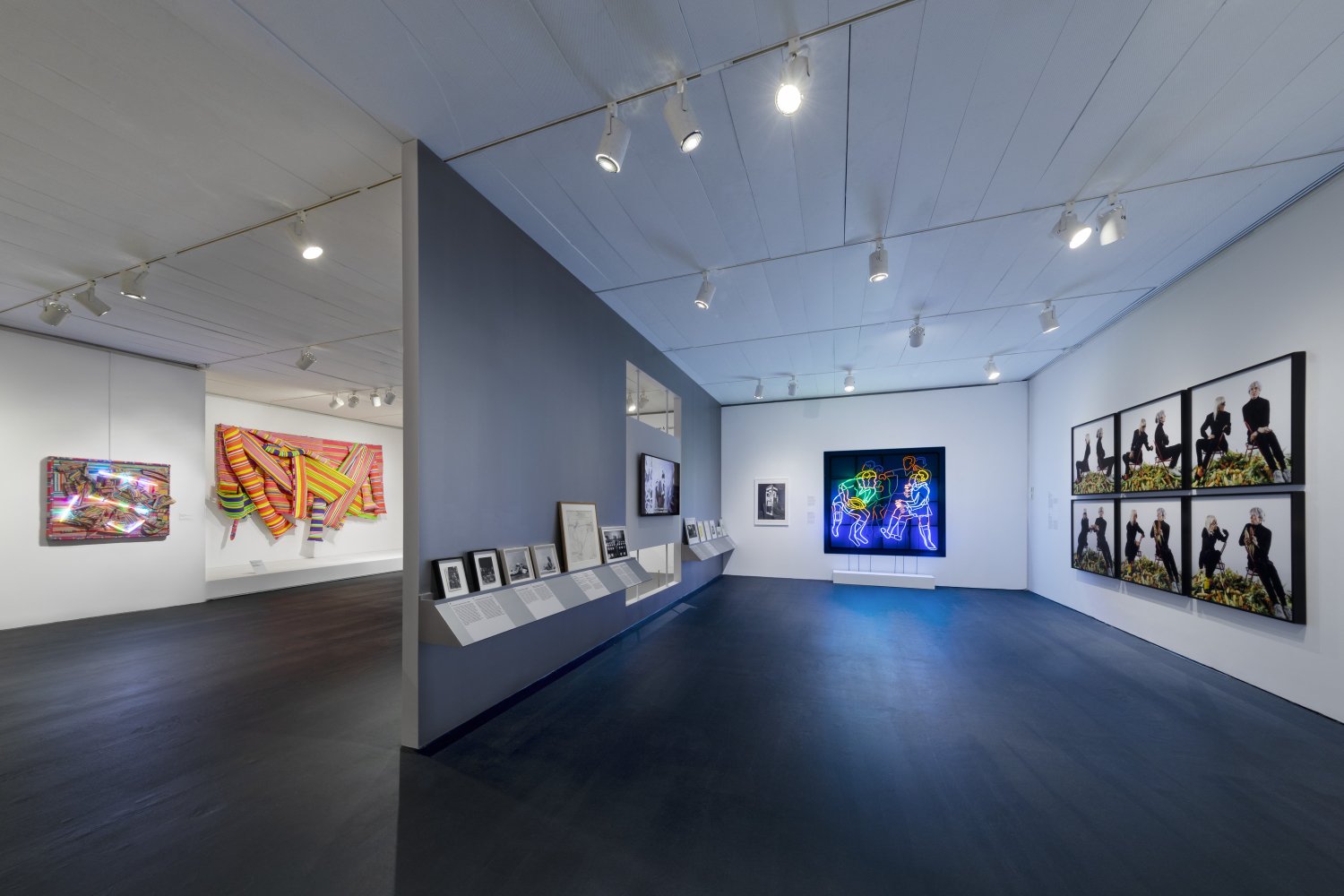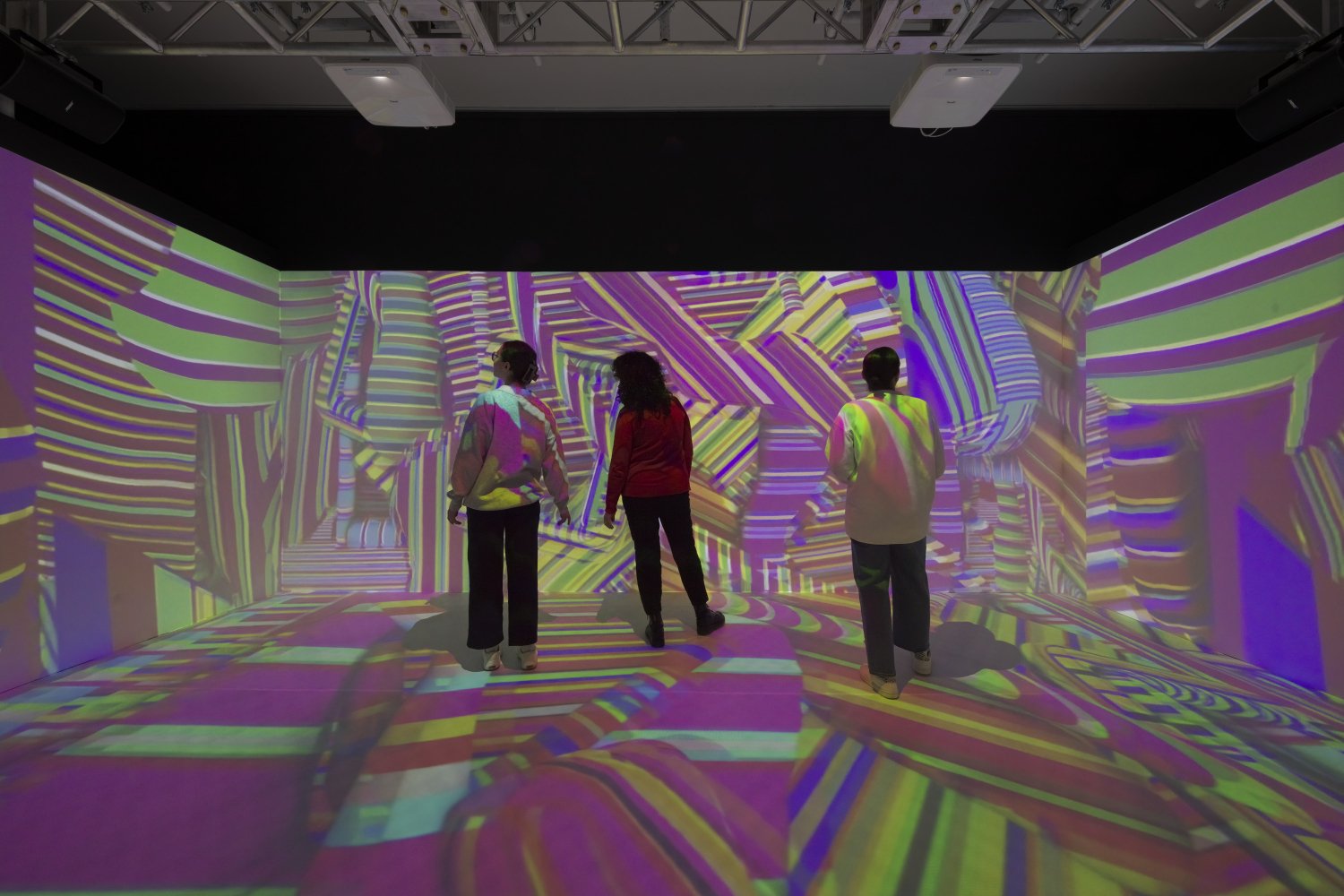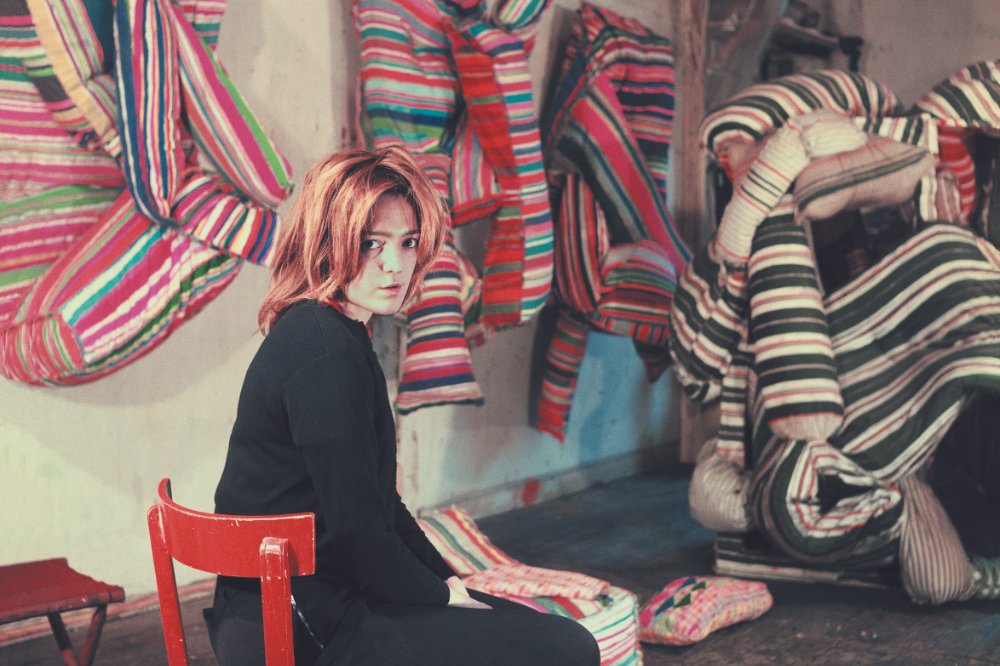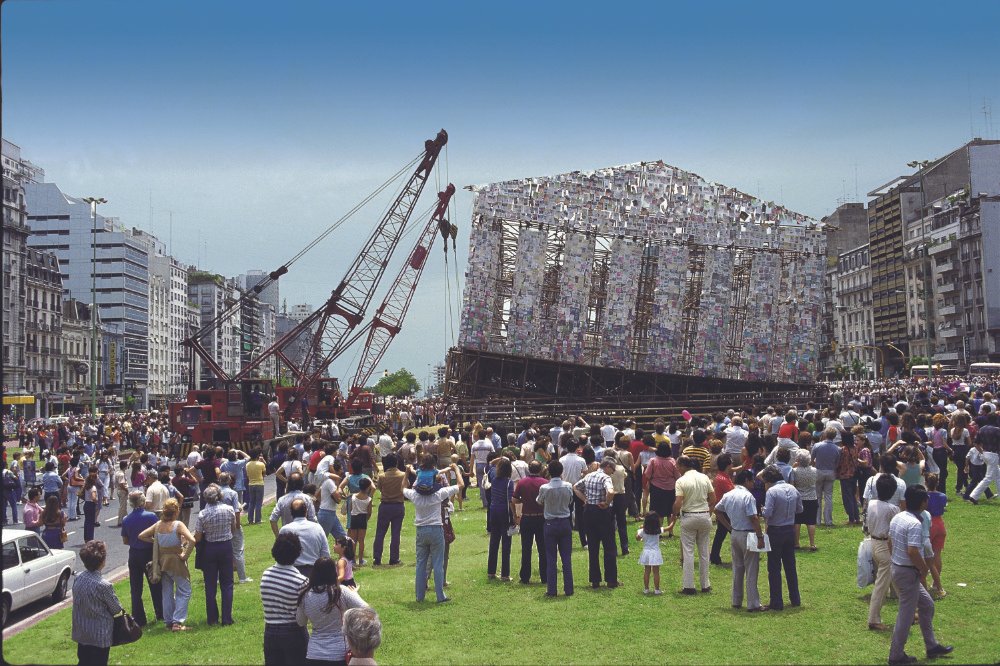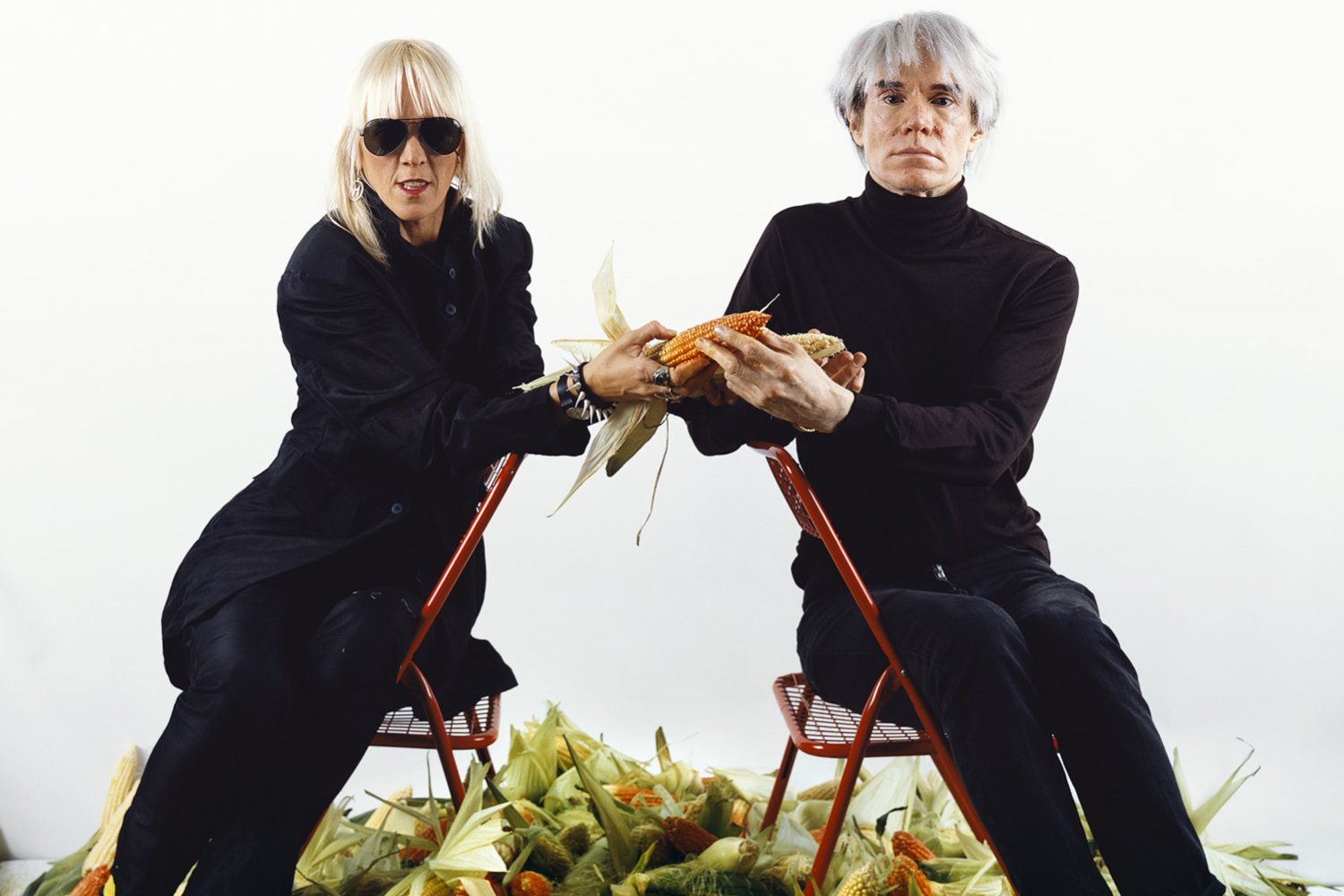If you’re in New York this spring, don't miss the first US retrospective of Latin American artist Marta Minujín at The Jewish Museum. Here’s everything you need to know about the pop art pioneer before you go
Name
Marta Minujín.
Trademark art?
Enormous playpens made up of bright stripey mattresses; ‘happenings’ involving simulated kidnappings; horses with buckets of paint tied to their tails; live chickens; and balloon-popping bodybuilders. At 80 years of age, she’s still rocking platinum blonde hair, fluorescent jumpsuits and aviator sunglasses and says she has no intention of slowing down.
Early life
Minujín’s grandfather Salvador was a military tailor whose Russian Jewish family arrived in Argentina in the 1890s. He was active in the Jewish community and was a founder member of Buenos Aires’ Paso Temple. Minujín still lives in her family home in the San Telmo district of Buenos Aires. She first realised she wanted to be an artist when she was 10 years old, stating: “a light flashed, telling me that the only thing I could do with my life was to be an artist.”
Career
She started out working in Paris and New York (she was a friend of Andy Warhol’s) and from the mid-1960s became one of the most energetic proponents of pop art and public art events in Buenos Aires. Her 1964 work, ¡Revuelquese y Viva!, invited audiences to lounge around a room constructed of huge hand-painted mattresses. La Menesunda (1965) invited participants to tour a labyrinth of different environments: one room resembled a giant refrigerator and was kept below freezing, another was filled with the smell of a dentist’s office, and a third featured a domestic interior, complete with a couple lying in bed. Minuphone (1967) was an interactive telephone booth and her Parthenon of Books (1983), on the busy Avenida 9 de Julio in Buenos Aires, recreated the renowned Greek edifice, paying homage to the symbol of democracy. The work was composed of 20,000 books that had been banned during the country’s military regime and, when the piece was disassembled, the books were distributed to the public.
Any Jewish themes?
When speaking to JR, Minujín said: “I did not have any religious education. My religion is Art Art Art.” But her work has always been strongly connected to world events. In 2017, she reprised her Parthenon concept in Germany on the site where, in 1933, Nazis burned the books of Jewish authors and those the Nazis considered “un-German”. In an interview for the current exhibition at The Jewish Museum New York, she said: “I think all my works are related to something that is, or was, happening.” The museum’s director Claudia Gold wrote: “These [works] speak to us, especially now with the rise of book banning in the United States, together with increased antisemitism, racially motivated assaults, efforts to deprive trans people of rights, and other actions targeting selected groups. Minujín reminds us that art serves and defends our most precious core values.”
By Rebecca Taylor
Marta Minujín: Arte! Arte! Arte! runs until Monday 1 April at The Jewish Museum, New York. thejewishmuseum.org
Read more about Marta Minujín and other Argentinian artists in the Spring 2024 issue of JR.


